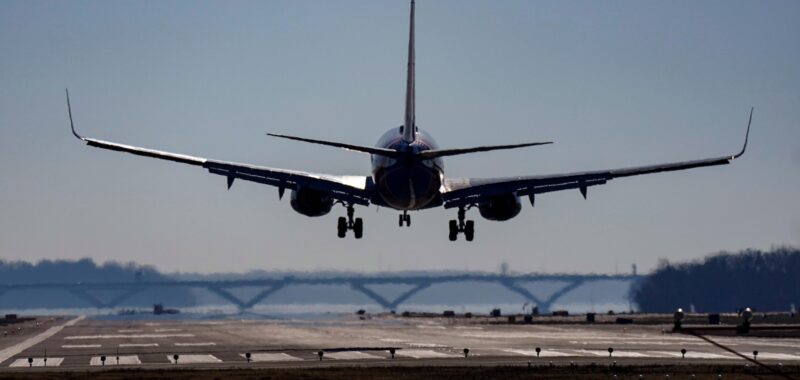LONDON — It’s the bane of many travelers: jet lag. Nobody wants to lose out because they’re too tired to enjoy the delights of their vacation spot.
Here are some tips on how to handle jet lag, wherever you might end up.
Scientists define jet lag as the effect on the human body of traveling across different time zones. Our bodies have biological clocks programmed into almost every cell in the body, according to Sofia Axelrod, who studies circadian rhythms at Rockefeller University in New York.
“The clock is set by the 24-hour light and dark pattern,” Axelrod said. “Every morning when we wake up, specialized (light) receptor cells in our retina receive a daylight signal, which is transmitted to the brain and from there, the whole body.”
When we travel to another time zone, our eyes receive the daylight signal at a different time than usual, causing our internal clocks to reset. But that process can take awhile — and it’s during that adjustment period that we feel the effects of jet lag.
Yes, but that can come at a cost. Malcolm von Schantz, a professor who specializes in circadian rhythms at Northumbria University in Newcastle, said that flying in premium cabins where travelers can stretch out and properly rest, can ward off sleep deprivation, but he acknowledges that isn’t an option for most people. Still, he said that timing your flights can help. For example, he suggests flying from Europe to North America during the day, so that it’s evening when passengers land and they can get a proper night’s sleep.
“If you take the evening flight instead, you’ll be woken up at midnight to be served breakfast and land an hour or two later, when both jet lag and sleep deprivation will hit you hard and simultaneously,” he said.
Von Schantz also said flying in newer models with a lighter frame, like the Airbus A350 or Boeing 787 Dreamliner, would help. That’s because those planes can maintain a more comfortable cabin atmosphere, which should help travelers feel less worn out by the end of their flights.
Experts say getting exposure to sunlight is critical to resetting your internal body clock. That can mean either avoiding morning sun or deliberately seeking it out, depending on where you’ve travelled from. Getting light in the morning will advance your body clock, while light exposure in the early evening will delay it. Naps are OK, but scientists warn against taking long siestas later in the day, as that might compromise your ability to sleep through the night.
Melatonin, a hormone that the brain naturally produces when the body thinks it’s night, can be helpful. But it’s not available everywhere and in some countries like the U.K. and France, a prescription is required. Von Schantz of Northumbria University said that one of the advantages of melatonin is that you can start taking it before your journey, to reset your internal clock quicker.
“If you’re in a part of the world where melatonin is available over the counter, you can combine the effects of light and melatonin to achieve the advance or delay (in your body clock) that you need,” he said.
Business travelers might want to consider arriving a day or two ahead of any important meetings or events, said Russell Foster of Oxford University, who has authored a book on circadian rhythms.
“You should just be aware that if you’re jet-lagged, you’re more likely to make unwise decisions, be less empathetic and unable to multitask,” he said.
Tourists might not need to be as alert as business travelers, but they should still be careful, he said. He advises tourists to get caught up on their sleep before doing anything potentially risky or that requires concentration, like driving.
Foster said he tries to maximize his light exposure when he arrives at a new destination to offset jet lag. But he also has a fallback strategy: coffee.
“I’m not suggesting it’s an ideal thing to do, but caffeine will help override the sleepiness and cognitive impairment you might be feeling as a result of jet lag,” he said.
___
The Associated Press Health and Science Department receives support from the Howard Hughes Medical Institute’s Science and Educational Media Group. The AP is solely responsible for all content.

